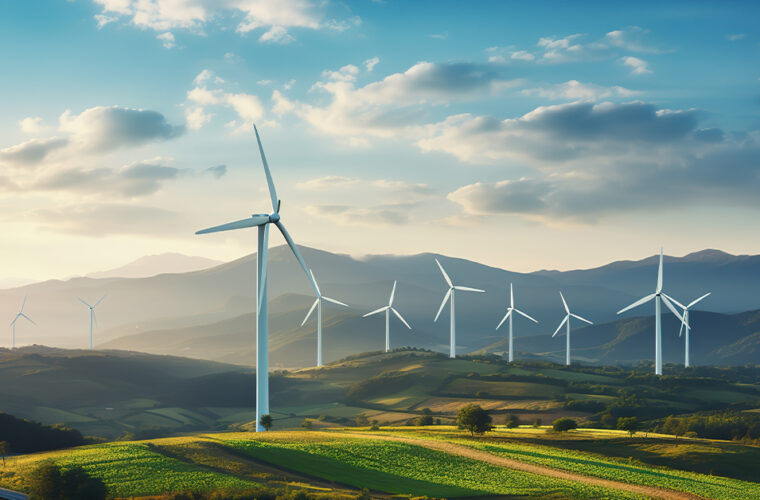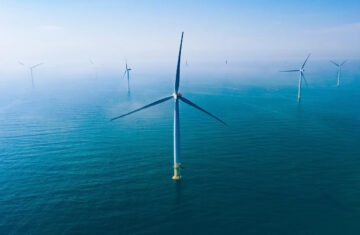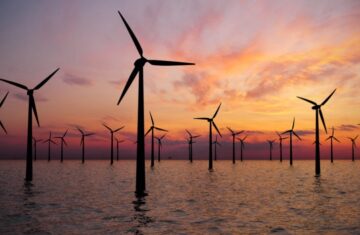In 2024, Europe obtained 20% of its electricity from wind energy, but new figures from trade group WindEurope indicate that the continent is not constructing enough new wind farms to meet its 2030 energy targets. Last year, Europe built 13 GW of onshore wind and 2.3 GW of offshore wind, falling short of the 30 GW per year needed to reach its goals.
Current Wind Capacity
The EU accounted for 11.4 GW of onshore and 1.4 GW of offshore wind capacity. WindEurope CEO Giles Dickson identified three main reasons for the shortfall in new builds: the need for updated permitting rules, grid delays, and the slow pace of electrifying the economy. He stated, “More wind means cheaper power, which increases competitiveness.”
Permitting Challenges
Despite the introduction of binding new EU permitting rules, many countries have yet to implement these regulations into national law. Germany has made progress by applying new permitting rules, permitting nearly 15 GW of new onshore wind accordingly. WindEurope argues that other governments must follow Germany’s example to ensure energy security and industrial competitiveness.
Grid Connection Delays

Across Europe, approximately 500 GW of potential wind energy is awaiting grid application assessments. A notable case is the 900 MW Borkum Riffgrund 3 offshore wind farm in Germany, which is fully installed but awaiting grid connection. The Transmission System Operator has indicated that the wind farm won’t be connected to the German grid until 2026.
Need for Faster Electrification
WindEurope emphasized the urgency of accelerating the electrification of the economy. Currently, electricity accounts for 23% of all energy consumed in the EU, a figure that needs to rise to 61% by 2050. European Commission President Ursula von der Leyen has tasked Commissioner for Energy and Housing Dan Jørgensen with presenting an Electrification Action Plan, which WindEurope insists must be expedited.



